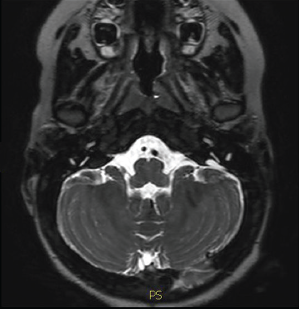Pursuing MRI in patients with documented ASNHL is more cost-effective than observation


Pursuing MRI in patients with documented ASNHL is more cost-effective than observation
The use of antibiotics without independent anti-inflammatory properties have limited efficacy in patients with eCRS

Otolaryngologists should educate snorers about possible health implications as they work to find solutions

The movement could end professional self-regulation

The only treatments that have been clearly shown to be effective are antibiotics for wet CC and inhaled steroids for dry CC

TRIO Best Practice articles are brief, structured reviews designed to provide the busy clinician with a handy outline and reference for day-to-day clinical decision making. The ENTtoday summaries below include […]

As a best practice, it is reasonable to consider a sequential interventional approach for SSD patients

Burnout is a major issue that needs to be recognized, understood, and mitigated

Encouraging communication at all levels is a cornerstone of medical education—and patient safety
The American Academy of Otolaryngology–Head and Neck Surgery has updated the clinical practice guideline for diagnosis and treatment of BPPV